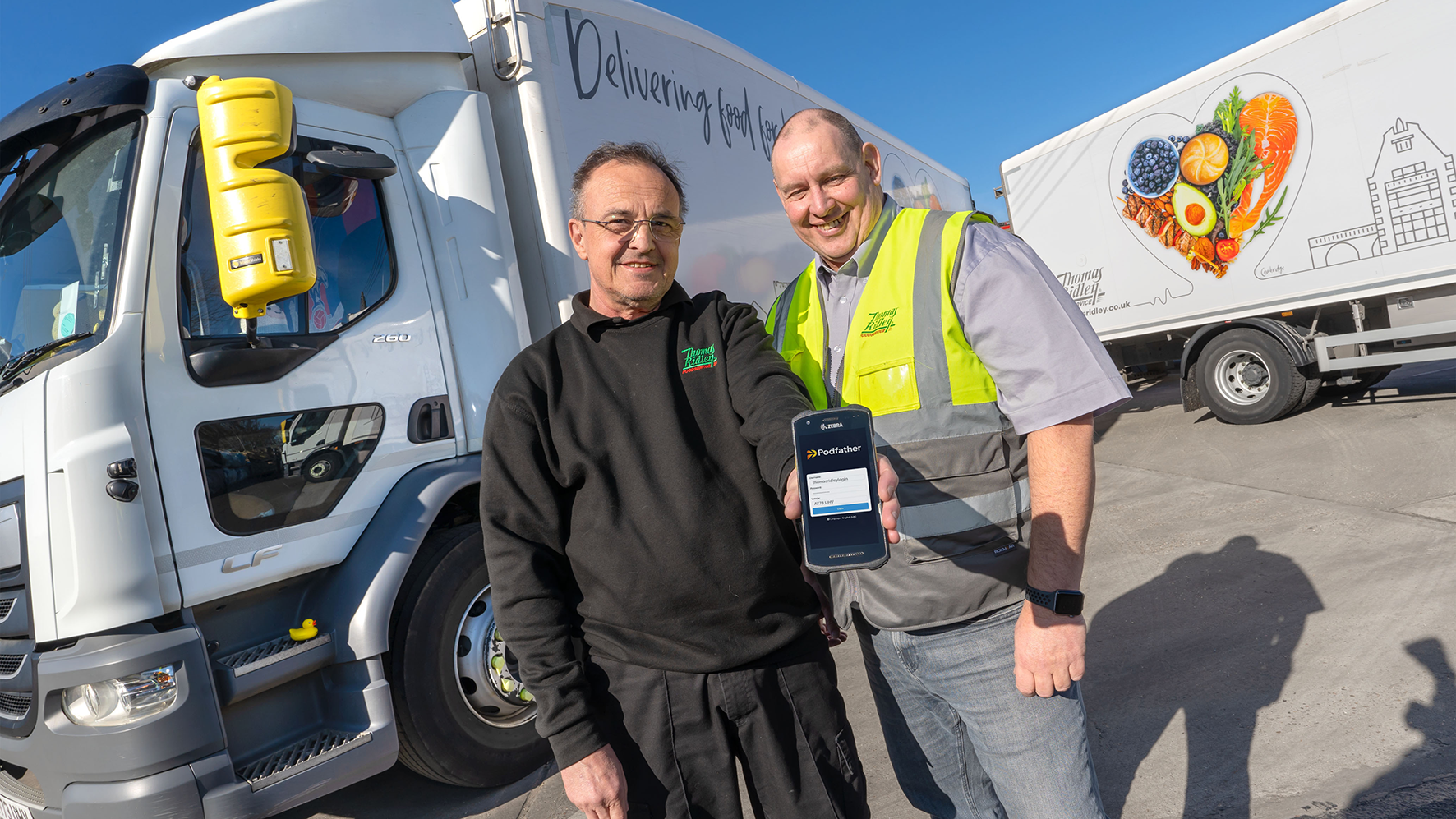From Dispatch to Doorstep: How Data Drives Better Last-Mile Performance

The last mile of delivery, the final stage between a distribution hub and the customer, is often the most complex and costly part of the logistics process. For many businesses, it’s where customer expectations are highest, and operational challenges are most visible. Improving performance in this critical phase isn’t just about faster deliveries, it’s about using data to make smarter, more informed decisions from dispatch to doorstep.
In today’s competitive logistics landscape, data isn’t just helpful, it’s essential. From driver behaviour to delivery confirmation, harnessing accurate, accessible information across the delivery cycle can improve efficiency, reduce errors, and enhance the customer experience.
What Do We Mean by “Last-Mile Data”?
When we talk about last-mile data, we’re referring to the insights generated during the final stages of the delivery process. This includes:
- Delivery time and duration
- Delivery confirmation and proof of receipt
- Failed delivery attempts and reasons
- Driver routes and drop patterns
- Digital vehicle checks and compliance records
- Order-specific notes and issues (e.g. damaged goods, access delays)
Using digital tools such as Electronic Proof of Delivery (ePOD), delivery management systems, and driver apps, businesses can collect this data consistently, giving them a much clearer picture of what’s happening on the ground.
Enhancing Accuracy at the Point of Delivery
Accurate delivery records are vital. Paper-based systems are prone to human error, misfiling, and delays in data entry. With digital solutions, drivers can capture electronic signatures, photographs of delivered goods, and time-stamped confirmations — all from a mobile device.
This not only eliminates disputes but also provides an auditable, tamper-proof record of every delivery. When errors do occur, managers can quickly pinpoint the issue, resolve it, and implement preventative changes based on the data.
Reducing Failed Deliveries and Reattempt Costs
Failed delivery attempts don’t just frustrate customers, they cost time and money. With the right data, businesses can analyse trends behind failed drops, such as:
- Incorrect addresses
- Missed time windows
- Unavailable recipients
- Repeated issues with specific locations or routes
By identifying these patterns, companies can take action, whether that’s improving order verification, offering better customer communication, or adjusting delivery schedules. Over time, this reduces costly reattempts and increases delivery success rates.
Supporting Driver Performance and Compliance
Driver data also plays a crucial role. Monitoring delivery patterns and completion rates can highlight training needs or process inefficiencies. For example, if one driver consistently completes more deliveries in less time, without compromising service, others may benefit from learning their approach.
Additionally, integrating vehicle checks and safety reporting into the same digital system provides greater oversight of fleet compliance. This keeps vehicles roadworthy and ensures businesses are meeting legal and safety obligations, all while maintaining operational efficiency.
Improving Invoicing and Payment Cycles
Fast, accurate delivery data also speeds up the finance process. Once a delivery is completed and confirmed via ePOD, that information can automatically trigger the invoicing process. This reduces admin time, eliminates paper chasing, and results in faster payments. For businesses with tight cash flow or high delivery volumes, shaving days off the invoice-to-payment cycle can make a significant financial impact.
Empowering Proactive Customer Service
When customer service teams have access to accurate, real-time delivery data, they’re in a much better position to help. Whether it’s confirming delivery times, checking proof of drop-off, or resolving a missed delivery, data allows staff to respond quickly and confidently. This level of service builds trust and gives customers the confidence that they’re dealing with a reliable, well-organised provider.
Conclusion: A Data-Driven Future for Last-Mile Logistics
Improving last-mile performance starts with visibility, and visibility starts with data. From dispatch to doorstep, having clear, consistent, and accurate delivery information gives businesses the tools they need to optimise operations, support drivers, satisfy customers, and protect the bottom line.
As customer expectations grow and competition intensifies, companies that embrace data-driven delivery processes will be better equipped to deliver on time, every time.


